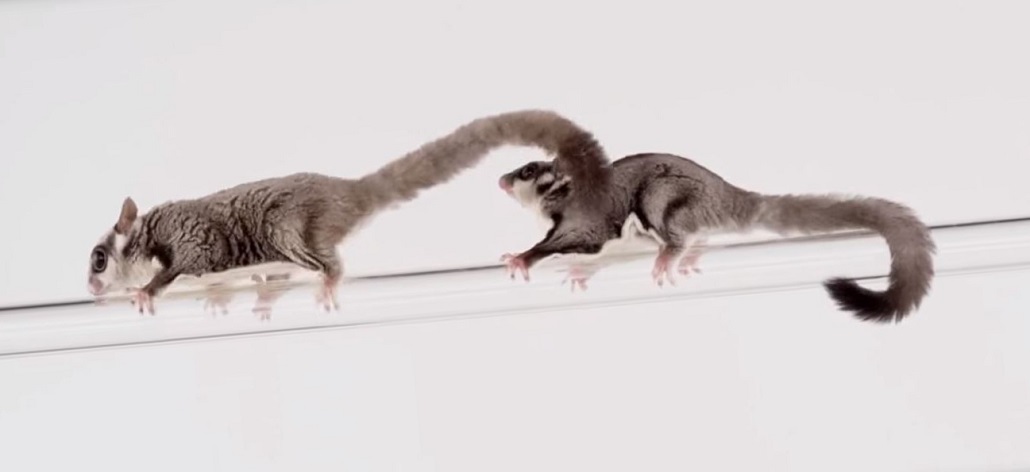- USA Wildlife Removal Education Guide - About Flying Squirrel: Appearance, Biology, Life Cycle, Habitat, Diet, Behavior
About Flying Squirrel: Appearance, Biology, Life Cycle, Habitat, Diet, Behavior

Appearance of the Flying Squirrel
The Flying Squirrel is small-medium sized specie that has successfully adapted in arboreal lifestyle. Their tails make them considerably larger than the other types of squirrel. They have a long and slender body with bushy tails. They also have a unique protruding eyes and prominent ears. Their dense fur is soft that may vary in color. The giant type of flying squirrel will have bright and vivid colors such as yellow and orange.
Biology
Flying squirrels located in the temperate region has a relatively short breeding period. Species located in the tropical areas will continue the reproduction throughout the summer season. Most species will have an average of 1-2 liters per year. The only exception would be the southern type of flying squirrel that can give birth to up to 7 infants. The infants are mostly small except with the Petinomys that have large babies. They have the ability to consume solid foods after a day of their birth.
Life Cycle
The infants will normally be blind and hairless (except for Petinomys). The toes are fused, and their ears shut tight. In 2-6 days, the ears of the flying squirrel will gradually open. The toes will also slowly open in 6 days. In 7 days, their fur will start to develop, and they will gain their sight in 30 days. When in the wild, the flying squirrel has an average life span of 4 years. Those that are kept in captivity can live up to 15 years.
Habitat
Since they are known to be arboreal, they are living in various habitats such as forested and wooded regions. There are also species that prefers to live in plantations and parklands. Eupetaurus Cinereus and Trogopterus Xanthipes will often be found in high-altitude places. They are nocturnal species, and you won’t normally see them running on the ground. They live in the crevice of the tree, and there are also other who dig their own holes.
Diet
The flying squirrels that dwell on the tropical region prefer plant-based foods. They love to consumer fruits and fresh shoots. Those who live in the mild temperature will eat fungi, animal matter, seeds, and fruits. The smaller types are carnivores who love to eat small vertebrates, insects, and spiders. They have the capacity to glide in large distance to search for their foods.
Behavior
The flying squirrels are nocturnal species who hunts for food during the night. They are highly territorial, and some of them are monogamous in nature. They spend most of their time in their nest and will only leave it during the night. They have an incredible ability to glide, and they can even change the direction while they are in the middle of their flight.
These are just some of the facts that made the flying squirrel unique compared to the other types of rodents.
If you need help, we service the entire USA! Click here for a wildlife removal specialist in your town!
Learn more about Removal or solve a problem yourself with my How To Get Rid Of Flying Squirrels guide.

